C# opc ua/da通信源代码示例,应用简单直接可使用。
工业上位机必备代码
ID:5235650998353451
上位机攻城狮
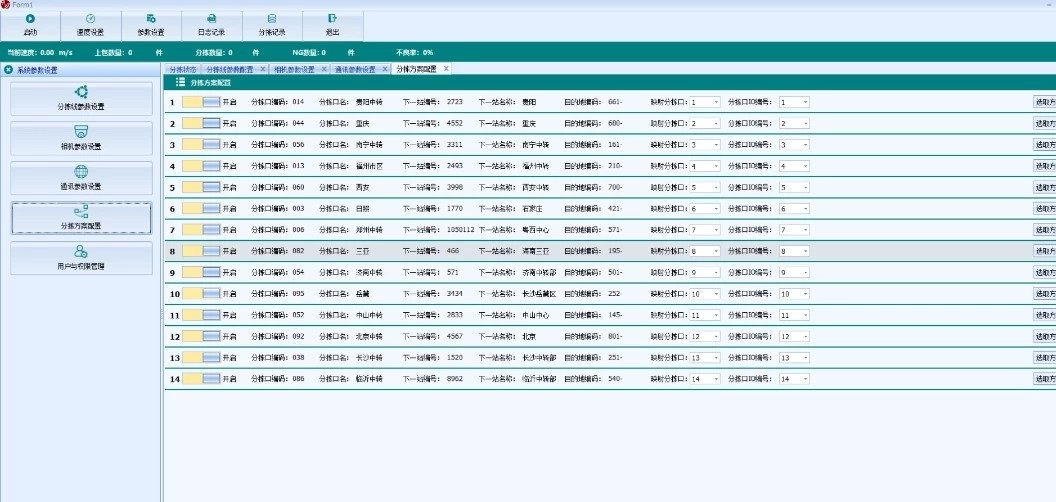
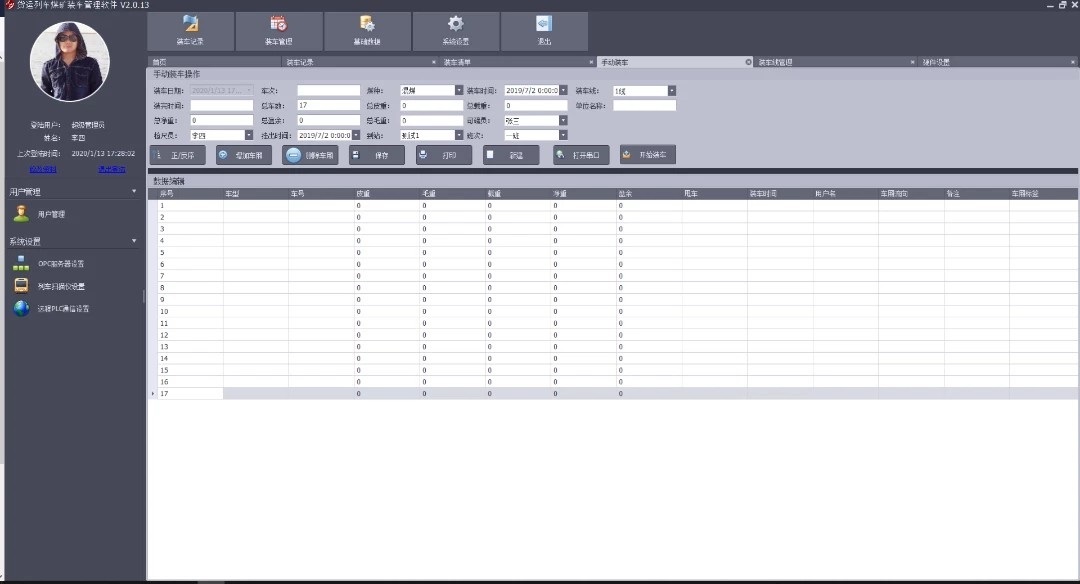
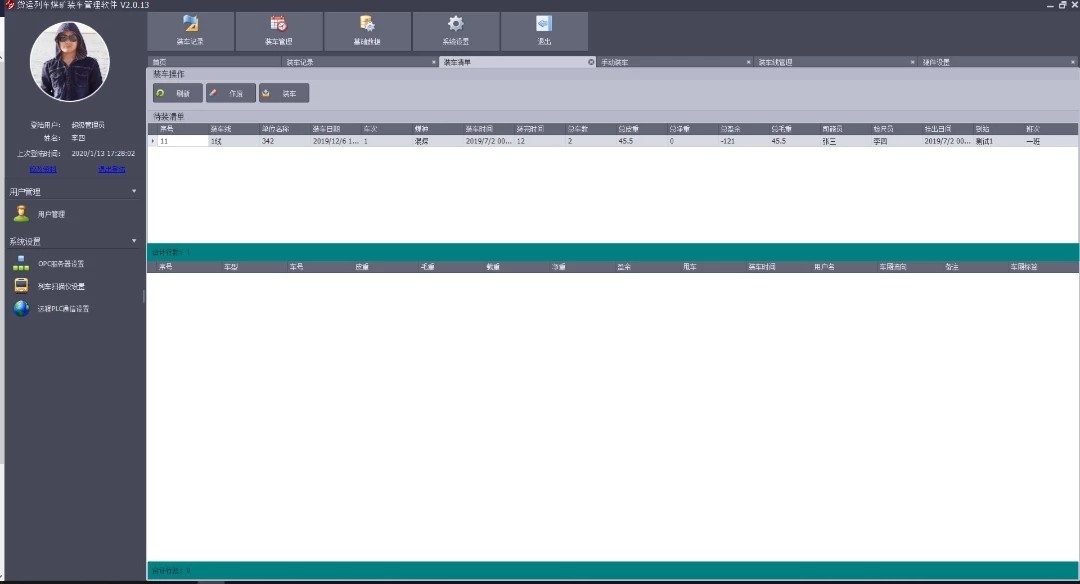
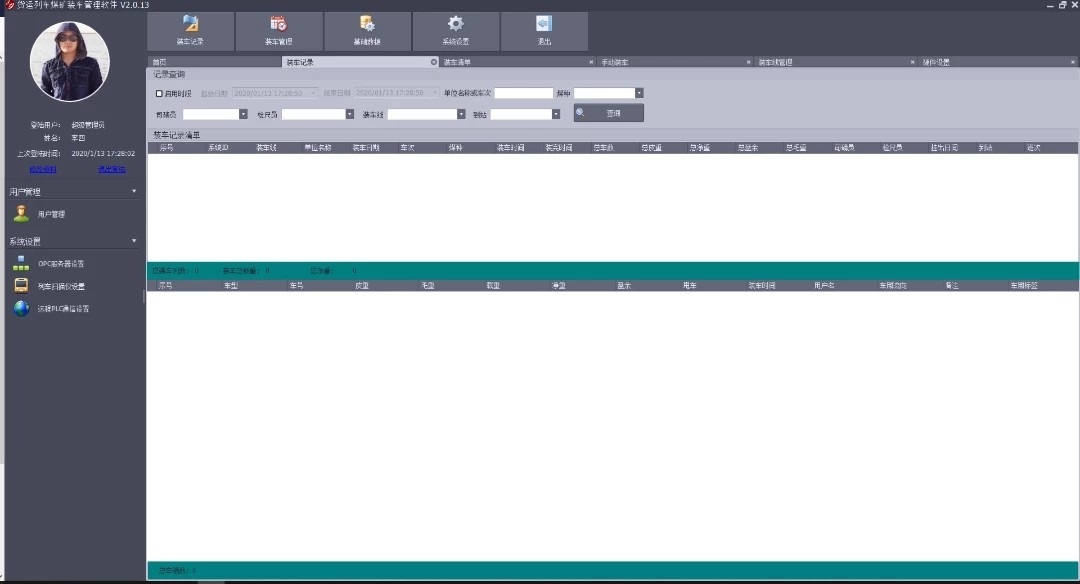
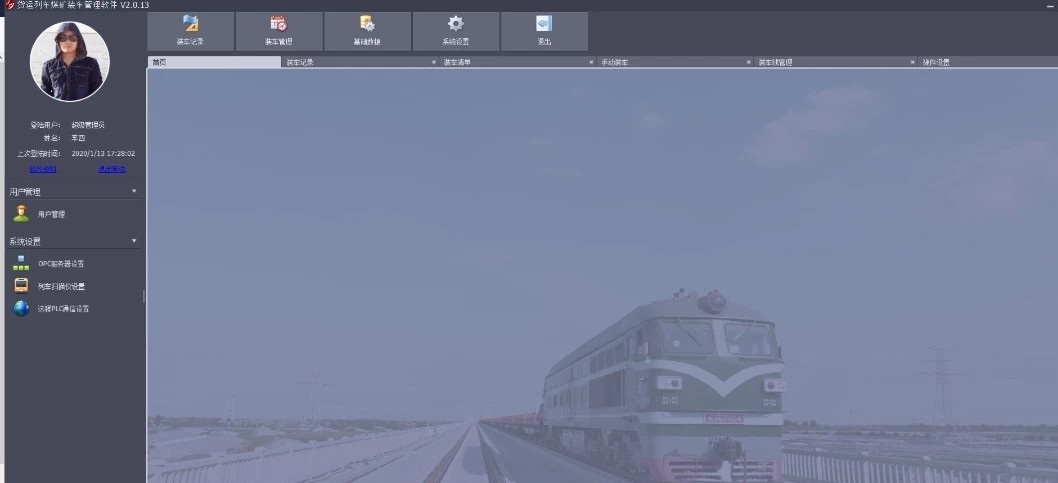
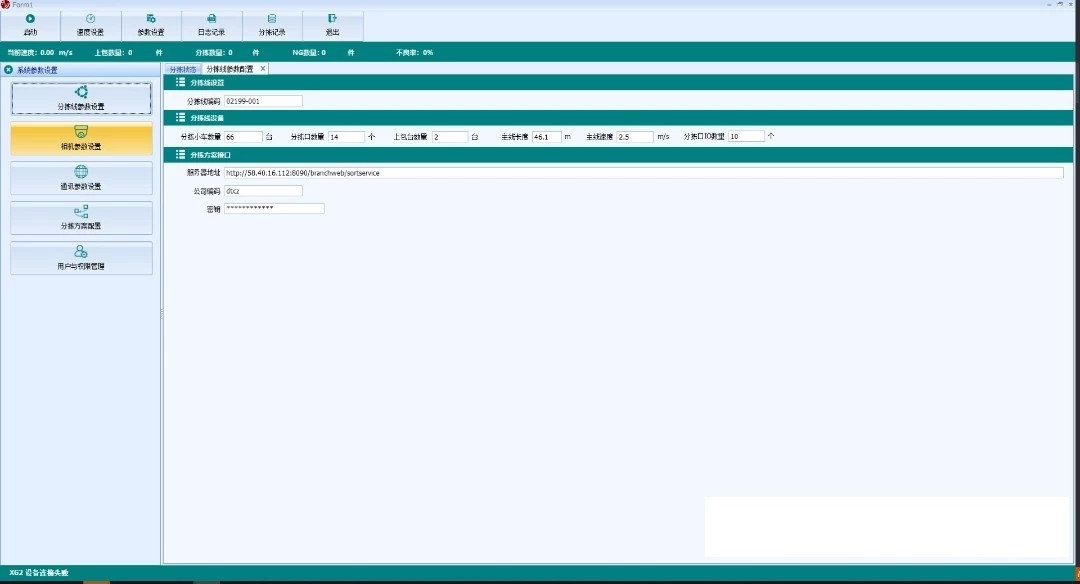
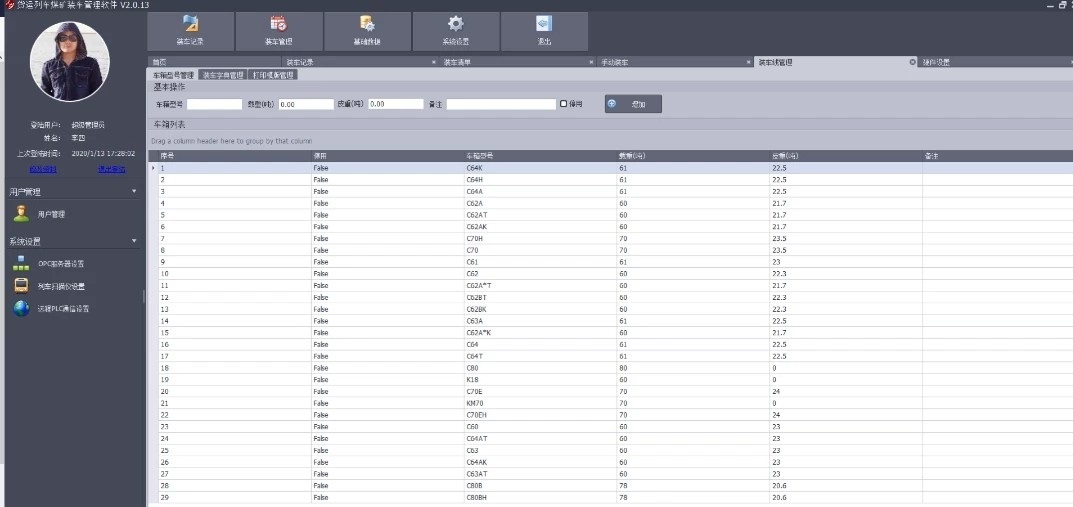
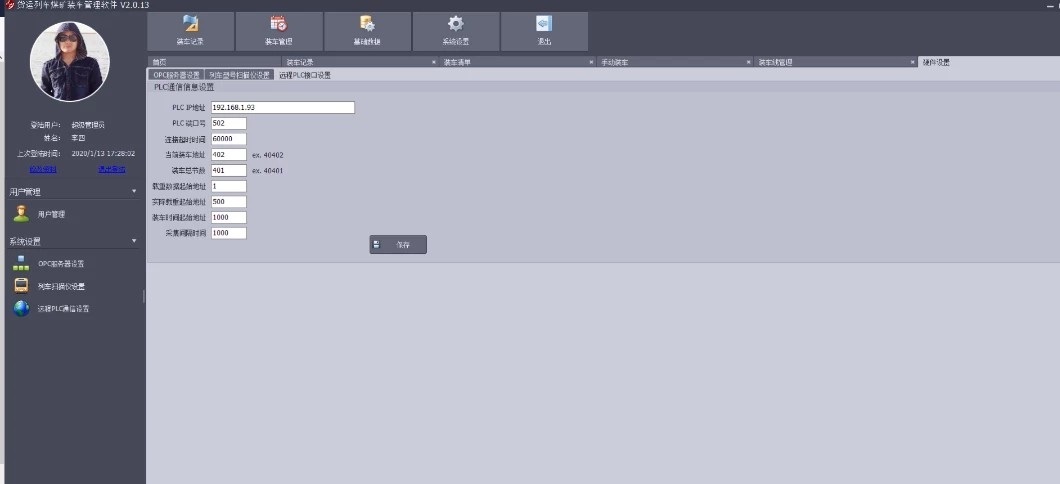
C# OPC UA DA通信源代码示例,应用简单直接可使用。工业上位机必备代码。
随着工业自动化的快速发展,工业上位机越来越成为生产现场的核心控制设备。为了实现设备之间的数据交互和实时监测,通信协议的选择变得尤为重要。OPC UA作为一种开放、通用的通信协议,成为工业上位机的首选。本文将围绕C# OPC UA DA通信源代码示例展开讨论,介绍其应用简单直接可使用的优势。
一、OPC UA概述
OPC(OLE for Process Control)是一种数据通信规范,它定义了一套通信接口,使得不同的设备和系统可以无缝地进行数据交换。OPC UA(Unified Architecture)相对于之前的OPC规范,提供了更加灵活、安全和可扩展的通信解决方案。OPC UA DA(Data Access)是OPC UA中最常用的功能,用于实现设备之间的数据读取和写入。
二、C# OPC UA DA通信源代码示例
为了方便开发人员快速上手,我们提供了C# OPC UA DA通信源代码示例。这些示例代码经过精心设计和优化,具有以下特点:
-
简单直接:示例代码的结构清晰、逻辑简单,使得开发人员能够快速理解和掌握通信的原理和操作方法。
-
可应用性强:示例代码不仅仅是为了演示而存在,而是经过实际应用验证的可行方案。开发人员可以直接使用示例代码,省去了繁琐的编写和测试过程。
-
多样性:示例代码涵盖了不同设备和场景下的通信需求,包括数据读取、写入、事件触发等。开发人员可以根据实际需求选择合适的示例代码进行使用。
三、工业上位机必备代码
工业上位机作为生产现场的核心控制设备,需要具备高效、稳定的通信能力。而C# OPC UA DA通信源代码示例恰好满足了这一需求,因此可以称之为工业上位机必备的代码。
-
高效稳定:示例代码采用了最新的通信协议和编程技术,以提供高效稳定的通信能力。开发人员可以放心使用,无需担心通信延迟或数据丢失的问题。
-
扩展性强:示例代码提供了丰富的接口和功能,方便开发人员根据实际需求进行定制和扩展。无论是添加新的设备接口还是优化通信效率,都能够轻松实现。
-
兼容性好:示例代码基于开放的OPC UA协议,可以与各种不同的设备和系统进行无缝对接。不论是PLC、传感器还是上位机,都能够与示例代码实现良好的兼容性。
综上所述,C# OPC UA DA通信源代码示例具有应用简单直接可使用的优势,成为工业上位机的必备代码。开发人员可以借助这些示例代码,快速实现设备之间的数据交互和实时监测,提高生产效率和质量。希望本文能够对读者在工业上位机开发中有所帮助。
以上相关代码,程序地址:http://matup.cn/650998353451.html





















 307
307











 被折叠的 条评论
为什么被折叠?
被折叠的 条评论
为什么被折叠?








